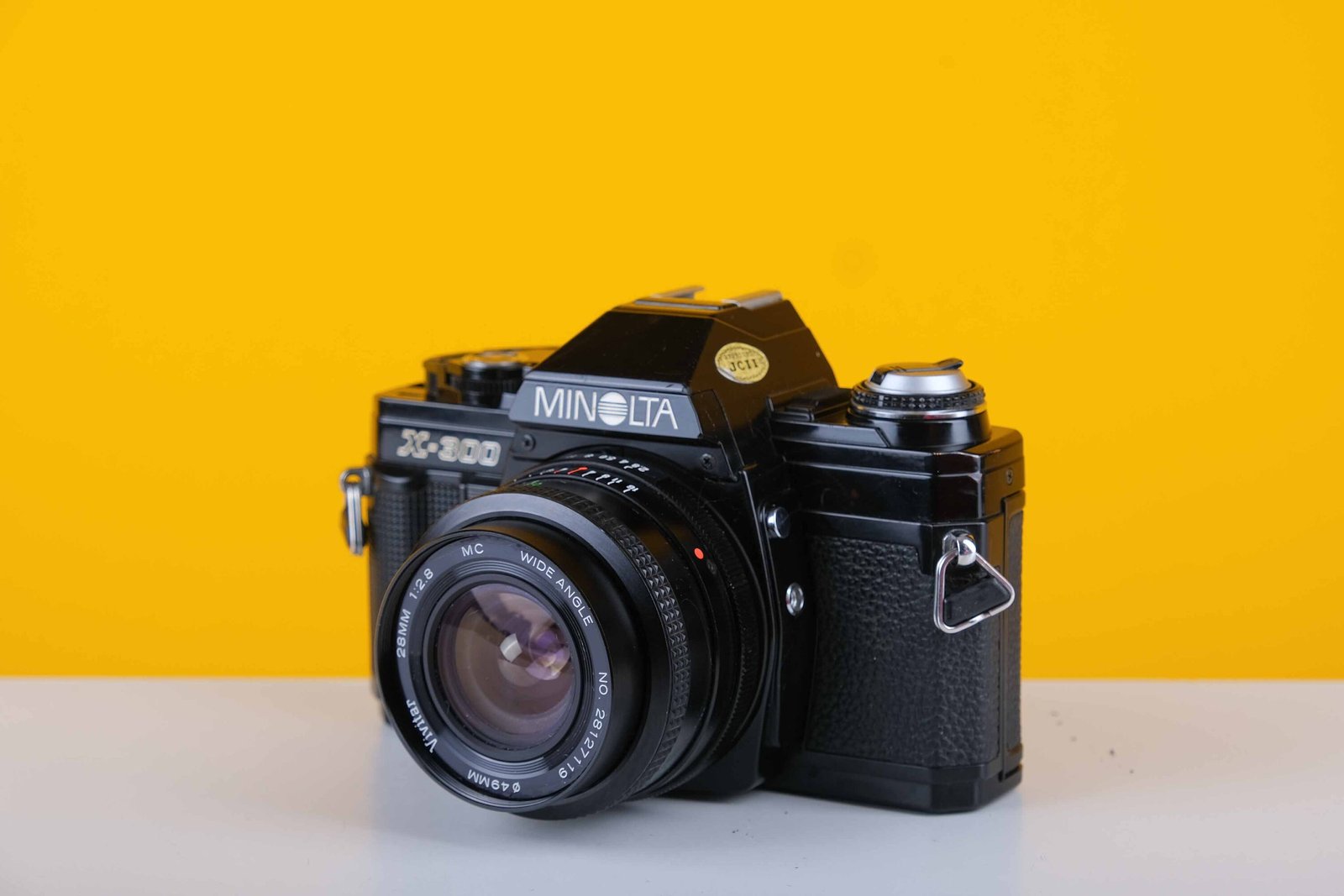Camera: The foundation of your kit. DSLRs and mirrorless cameras offer flexibility with interchangeable lenses. Choose based on your preferred photography style, whether it’s landscape, portrait, or sports.

Camera: The foundation of your kit. DSLRs and mirrorless cameras offer flexibility with interchangeable lenses. Choose based on your preferred photography style, whether it’s landscape, portrait, or sports.

Different lenses for various purposes. Wide-angle lenses are ideal for landscapes, telephoto for wildlife or sports, and macro for close-up details. Experiment with different focal lengths to find what suits your needs.

Essential for stability, especially in low light or long exposures. Use it for night photography, landscapes, and video shoots to eliminate camera shake.

Reliable storage with fast write speeds, especially important for burst shooting and video recording. Always carry spares to avoid running out of space.

Protects and organizes your gear. Look for one with adjustable compartments and weather-resistant materials to safeguard your equipment.

Provides additional lighting, particularly in low-light situations. Use bounce flash techniques to diffuse light and avoid harsh shadows.

Extra batteries ensure you don’t run out of power during shoots. Keep them charged and rotate their use to extend battery life.

Enhance your photos and protect your lenses. Polarizing filters reduce glare and reflections, ND filters allow for longer exposures in bright light, and UV filters protect your lens from dust and scratches.

Keep your gear in top condition. Use air blowers, lens brushes, and microfiber cloths to remove dust and smudges from lenses and camera sensors.

Manipulate natural light to fill in shadows, add highlights, or create balanced lighting. Great for portrait photography to enhance facial features.

Prevents camera shake for sharp images during long exposures or macro photography. Useful for self-portraits and group shots where the photographer wants to be in the frame.

Helps achieve perfect exposure by measuring the light in a scene. Especially useful for studio work and film photography where precise exposure control is crucial.

Essential for editing and storing digital photos. Invest in a powerful machine with ample storage and a high-quality monitor for accurate color representation.

Tools like Adobe Photoshop and Lightroom enable you to enhance, adjust, and manage your photos. Learn the basics of photo editing to improve your images.

Provides backup and extra storage for your photo files. Regularly back up your work to prevent data loss.

Offers stability without the bulk of a tripod. Ideal for sports, wildlife, and event photography where mobility is key.

Reduces lens flare and protects your lens from accidental impacts. Use it in bright conditions to improve contrast and clarity.

Soften harsh light from flashes or studio lights, creating more flattering and even lighting for portraits and still life photography.

Comfortable and secure camera straps prevent strain and accidents. Consider a cross-body or harness style for better weight distribution during long shoots.

Provides controlled lighting for indoor shoots. Use softboxes, umbrellas, and LED panels to create the desired lighting setup for portraits, products, or food photography.
